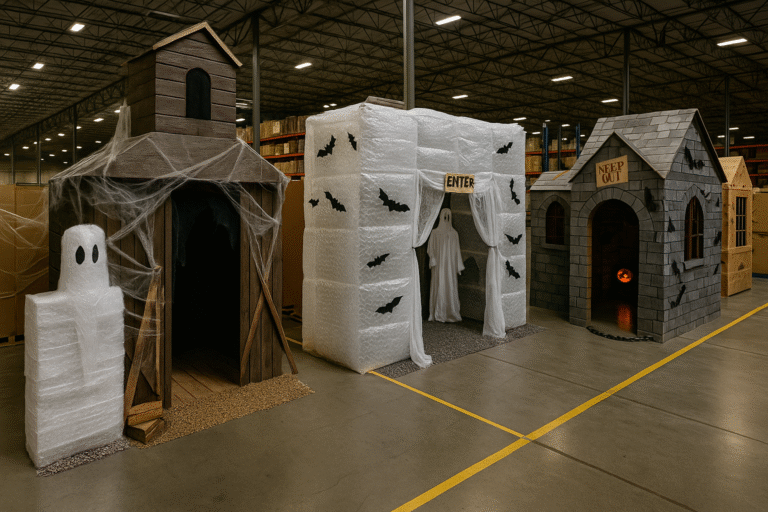Red Tree: How to Stand Out in the Leadership Forest
Leadership growth begins with a simple truth — every single day, you stand at a crossroads.
Really — every day?
It’s like a “Y” in the road.
And whether you realize it or not, you’re choosing which path to take.
Ask yourself:
Do I want to grow and develop — or live the way I’ve always lived?
On one side is growth.
On the other is repetition — the comfort of the familiar, the safety of routine, and the silent cost of stagnation.

The Two Roads: Growth vs. Repeat
On the road of repetition, there are no new goals — just old habits dressed up as progress.
If you’re struggling to get out of bed in the morning, it’s usually because you don’t have a new goal.
Your mind asks, “What am I going to do today?”
And you answer, “Well… the same thing I did yesterday.”
“How was yesterday?”
“Not too good.”
“Then why repeat it?”
“Because it’s my routine.”
Wrong. It’s your habit.
You know the dialogue:
“Hello, problems! I’m going to act like I’m solving you today… but don’t worry, I won’t.”
That’s the path of no goals — a cycle that leads to stagnation and burnout.
The Other Path: Growth
On the growth side, the scenery changes.
Here, you’ll find new goals, challenges, and struggles — but you’ll also find progress.
Make no mistake: problems exist on both roads.
You can’t escape them.
However, on the growth path, your problems serve a purpose.
You’re not just solving problems to survive — you’re solving them to evolve.
This is where you find something more than a paycheck.
You find something to live for, not just something to live on.
You stop making a living and start making a life.
Your Future Has Limitless Possibilities
When you choose growth, your story isn’t finished — it’s expanding.
On the other side, where repetition rules, the high points of your life are already behind you.
But growth says otherwise.
Growth whispers, “Your future is unlimited.”
As Peter Drucker taught us:
“The best way to predict your future is to create it.”
That’s not just a quote — it’s an instruction.

Are You Comfortable?
Comfort is easy.
It helps you avoid pain, stay off the radar, and protect your ego from criticism.
But here’s the problem with comfort: nothing grows there.
When you step out of your comfort zone, you expose your weaknesses — but you also reveal your strength.
Yes, it’s risky.
Yes, it can hurt.
But it’s the only place where real leadership growth happens.
We learn far more from distress than from success.
Failure is a better teacher than ease ever was.
The Red Tree Leadership Course

This series was designed to help you make the most of every day — not by avoiding adversity, but by embracing it.
Your greatest learning will come from your greatest challenges.
You’ll learn to face adversity with gratitude, to find lessons in discomfort, and to grow stronger every time life tests you.
Ten Fundamental Characteristics of Red Tree
Attitude
Vision
Action
Discipline
Accountability
Leadership Styles
Developing Others
Culture
Results
You
The Red Tree Lesson
Every day you face two choices: repeat the past or create the future.
Leadership growth doesn’t happen in comfort — it happens in the chaos of challenge, the stillness of reflection, and the courage to keep going.
You don’t have to be perfect.
You just have to be willing.
This is Red Tree Leadership.
It’s not about standing above others — it’s about standing out for others.
Next: Lesson 1 — Attitude
In the next post, we’ll talk about how to run your brain — because leadership starts inside the mind before it ever shows up in your results.
External Authority Links
FAQ
Q: What does leadership growth really mean?
A: Leadership growth is the process of developing yourself before leading others. It’s about choosing discomfort, curiosity, and purpose over comfort and routine.
Q: How can I stand out as a leader?
A: Start by setting new goals, embracing discomfort, and viewing problems as teachers instead of threats. Growth always requires motion.
Q: What is the Red Tree Leadership philosophy?
A: Red Tree Leadership teaches that leadership happens in the moment — especially the uncomfortable ones — and that true growth begins with awareness.






